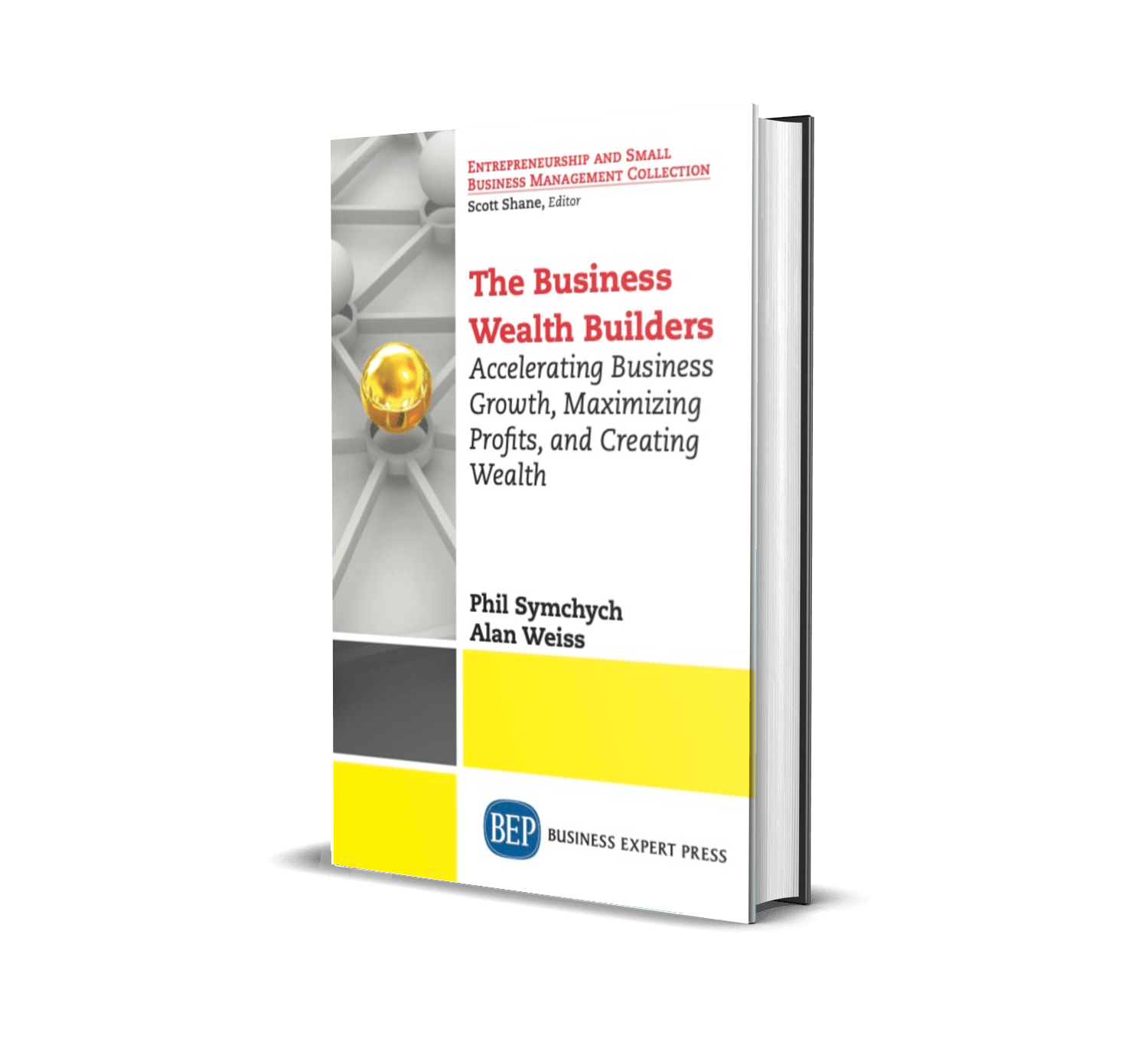What is your “Total Days to Exit” number?
In other words, when do you plan to exit your business so that your business valuation and personal wealth are maximized and you’re still healthy enough to enjoy your life and family?
Just as the sun sets every day, all business owners must consider their optimal sunset in order to protect their family’s wealth, optimize the value of their business, and leave a legacy.

Regina Beach sunset. Photo © Phil Symchych.
Total Days to Exit
Let’s say you would like to exit your business in five years. Five years is 1,825 days which might seem like a long time, until you think about how quickly the last five years have gone. And, as you know, time is picking up speed.
Let’s say your business is worth $5,000,000 and you’d like it to be worth $10,000,000 when you exit because, as we know, the tax man wants their chunk of your hard-earned cash.
If you want to double the value of your company in five years, then according to the rule of 72, you would need compounding annual growth of 14.4% in your business valuation.
How much did your valuation increase last year?
Another way to look at it is to simply calculate the growth required, or $5,000,000, and divide that by the total days to exit, or 1,825.
$5,000,000 / 1,825 requires a valuation growth rate of $2,739 per day on a linear basis (not compounding). Did you add $2,739 of EBITDA (or earnings before interest, taxes, depreciation, and amortization) yesterday?
Valuation
My quick definition of valuation is what an independent third party such as a private equity firm or a strategic buyer would be willing to pay for your company. The valuation is really about the buyer’s future expectation of cash flow and how they can leverage and scale your business into their model and client base, and vice versa.
Valuation is part art, part science, and part about the strategic fit with the acquirer. Valuation factors include:
- EBITDA, or earnings before interest, taxes, depreciation, and amortization.
- Free cash flow, or cash from operations less sustaining capital expenditures.
- Revenue model: Do you have recurring revenues such as maintenance contracts, which are valued highly? Or do you have one-time projects that are valued lower?
- Customers: Are they diverse and numerous first-class companies that always pay on time? Or are you economically dependent on one major customer for the majority of your business?
- Suppliers: Are they proactive and help you to obtain strong margins? Or are you constantly switching suppliers to obtain the best price and then dealing with quality and service issues that are hurting your reputation?
- Employees: Are your employees productive, flexible, and have an entrepreneurial spirit to take care of the customer and grow your business?
- Management Team: Do they have the experience to operate your business if it is three or five times as large? Or are they learning every step of the way?
- Strategy: How does your business strategy provide you with a sustainable, differentiated, competitive advantage in the market today, and in the future?
All of these valuation factors can be improved and will have a positive impact on your valuation and attractiveness to a buyer.
In fact, if the company is running well and highly profitable, you may just decide to keep it, and let the management team run it, let the board oversee it, and you cash your dividend cheques!
My philosophy is to always be ready to acquire or be acquired. To have that power, you need to know your valuation, have a flexible capital structure, and be constantly searching for strategic acquisitions.
What Is Your Company Valuation?
What is your company worth to a strategic buyer?
Did you grow your business valuation by 14.4% last year or the year before? In this example, you would need to maintain a minimum of 14.4% annually for five years.
It’s impossible to dramatically increase the valuation of your company in one or two short years or from a hospital bed. Fast growth often flushes out the bottlenecks and can cause pressure strains throughout your company.
Slow and steady growth that you plan for and pursue is much more effective. It’s important to develop your people and create the infrastructure and capacity to scale quickly and efficiently to enable your profitable growth and drive your valuation upward.
As I say, you can’t turn a Cessna into a 747 in the air.
If you want to sail off in to the sunset, as these three pelicans are doing in the photo below, you need to plan your exit well in advance of the departure date. Sometimes, the departure date is thrust upon you by way of health issues, yours or your family members. Therefore, START NOW!
Calculating your total days to exit can help you create the best succession flight path for you and your business.

Pelicans at Regina Beach. Photo © Phil Symchych.

